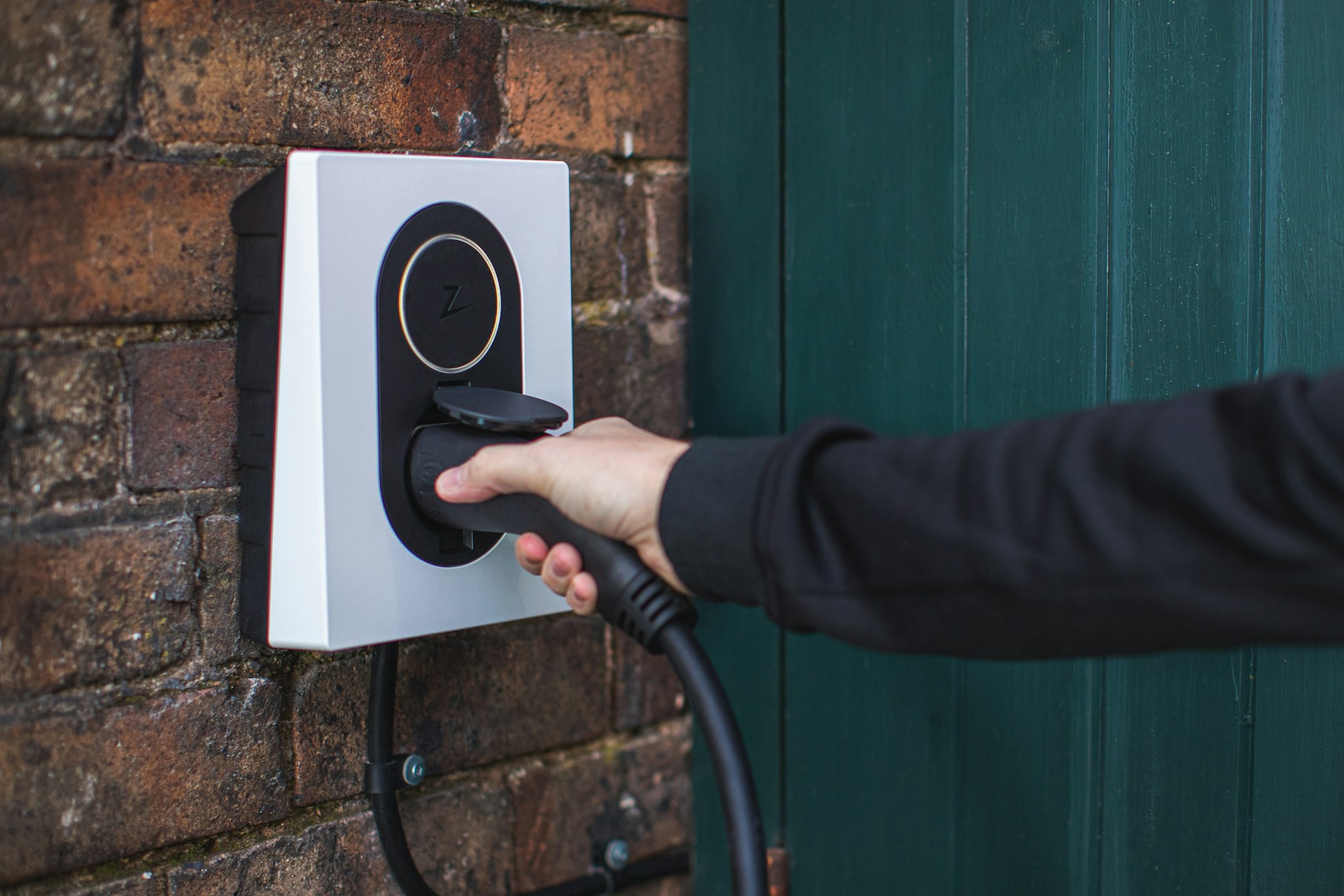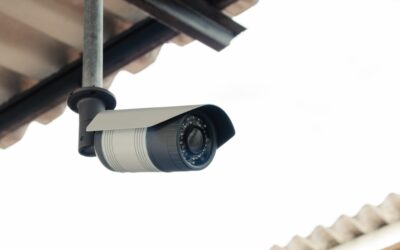Contents
When it comes to working with electricity, safety is paramount. Electrical installation and maintenance safety rules help to reduce the risk of injury, death or damage to equipment due to electrical hazards. Electricians in the UK must follow safety rules and regulations to ensure a safe working environment and avoid potential hazards. This blog post will explore the basics of electrical safety rules, different safety precautions, and best practices.
Overview of Electricity Basics
Before discussing electrical safety, it’s important to understand some basics of electricity. Electricity is the flow of electric charges. An electric current flows through a conductor when there is a difference in electrical potential between two points. The unit for measuring electric current is amperes (A). Voltage pressure (V) is used to measure the potential difference between two points in an electrical circuit. The electrical power used in a circuit is measured in watts (W). These units are essential in understanding electricity and what it entails.
Advising on Risks Associated with Electrical Work
Working with electricity poses several hazards that can be harmful or even fatal. Some of the hazardous risks include electric shock, contact with living wires, and contact with overheated wires and cables. Lack of proper training and inappropriate installation and maintenance of electrical equipment and machinery can lead to accidents. It’s crucial to assess and advise on risks involved in electrical work to safeguard everyone involved in the project.
Identifying Common Hazards in an Electrical Setting
Electrical hazards come in different forms, and identifying the risks is essential. Some of the common electrical hazards include voltage electrical shock, electrical burns, and electrocution. Workers should know and understand these risks to avoid accidents. It’s crucial to inspect and evaluate electrical equipment routinely to identify potential hazardous conditions. Properly labelled equipment, lockout tag-out devices, and detailed work instructions are essential to maintain electrical safety.
Best Practices for Working with Electrical Equipment
Electricians must always follow proper procedures when handling and working with electrical equipment and machinery. Some of the best practices include using personal protective equipment such as gloves, safety glasses, and flash-resistant clothing. Always follow proper lockout tag-out procedures when working on electrical equipment and machinery. Ensure that all electrical equipment is properly grounded and that circuits are disconnected when working on repairs. Use the right tools and equipment for the job to minimise accidents and ensure maximum electrical safety.
Recommended Checklists for Electricians
To ensure electrical safety, electricians can use recommended checklists. These checklists ensure that everything is done correctly and is working correctly. Some of the items on the checklist include checking for proper grounding, testing smoke detectors or carbon monoxide detectors, and inspecting electrical wiring in the house. These checklists help electricians to keep up-to-date records of all their work and ensure maximum safety.
First Aid Procedures in Case of Injury or Fire from Electrical Shock
Electrical safety involves knowledge of first aid procedures in case of an accident. In case of fire or electrocution, always call emergency services. If a person is near an electrified source, turn off the power source or remove them from the source using an insulated tool. Always check for any burns or physical damage on the victim, and do not move them unless absolutely necessary. Anyone performing first aid on an electric shock victim must have an understanding of how electricity flows through the body.
Regulatory Compliance Guidelines for Electricians
Electricians must follow regulatory compliance guidelines that are designed to ensure maximum electrical safety. These guidelines include the Electrical Safety Act, which outlines what is required for electrical safety in different settings. Electricians must make sure that they are up-to-date with the latest regulations and follow them in their work.
Resources for Further Education and Training on Electrical Installation and Maintenance Safety Rules
To ensure maximum electrical safety, electricians should always remain informed about new developments, training, and regulations. Educational resources provide information on the latest technologies and practices, as well as regulatory updates. There are several training programs and workshops available that aim to ensure maximum safety in the electrical work sector.
Electrical installation and maintenance safety rules are essential
Electrical installation and maintenance safety rules are essential requirements for ensuring safety in electrical work settings, including residential, commercial, and industrial fields. This article has highlighted some of the basics of electrical safety, including identifying hazards and risks, best practices for handling electrical equipment and machinery, and recommended checklists and first aid procedures. By adhering to regulatory compliance guidelines and continuously learning and evolving, electricians can ensure the highest levels of safety for themselves and those around them. Looking for an electrician in Derby, Tamworth, Leicester, or Nottingham? For reliable electrical services, contact Jack Jones Electrical today!











